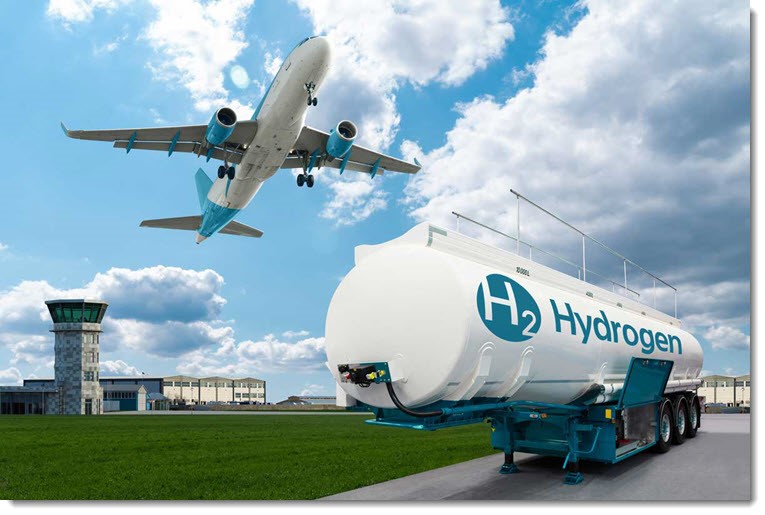The Department of Energy (DOE) has unveiled a significant investment of $750 million in research and development aimed at bolstering “clean” hydrogen technology. This initiative, funded under the bipartisan infrastructure law of 2021, is poised to revolutionise the landscape of hydrogen fuel production, promising an annual increase of 1.3 million metric tons in clean hydrogen fuel.
Central to this endeavour are projects focusing on various aspects of hydrogen technology, including electrolysers—a key component in separating hydrogen from water—fuel cells, and innovative manufacturing processes. The DOE’s Hydrogen and Fuel Cell Technologies Office will oversee the allocation of these funds, which will be distributed across 52 projects spanning six distinct categories.
The largest share of funding, totalling $316 million across eight projects, is earmarked for research aimed at enhancing electrolyser manufacturing capabilities. Additional categories target critical areas such as bolstering the electrolyser supply chain, driving down production costs, supporting fuel cell manufacturing, and pioneering recycling methods for materials used in hydrogen production.
Among the beneficiaries of this funding are DOE’s national laboratories and prominent industry players such as Cummins, General Motors (GM), and Plug Power. Cummins, for instance, will lead a project with a $17.9 million grant aimed at developing a novel proton exchange membrane electrolyser design to streamline hydrogen manufacturing. Additionally, GM secured $30 million to spearhead a project aimed at scaling up U.S. fuel cell production.
The involvement of industry heavyweights underscores the collaborative effort required to drive innovation in this crucial sector. GM’s participation in a $50 million consortium focused on recycling technologies for electrolysers highlights the commitment of both public and private entities to sustainability and environmental stewardship.
Plug Power, renowned for its contributions to the green hydrogen industry, will leverage its expertise in a $30 million project to ramp up U.S. fuel cell production. Additionally, the company will receive $45.7 million to expand the manufacturing capacity of proton exchange membrane electrolysers, thereby further lowering hydrogen production costs.
In a testament to the nationwide scope of this initiative, funding will be distributed across 24 states, with New York emerging as the top recipient. This injection of capital represents the DOE’s initial step in disbursing $1.5 billion allocated under the bipartisan infrastructure law for clean hydrogen research and development.
Projections indicate that this investment will yield tangible results, including the annual production of 14 gigawatts of fuel cells—an amount equivalent to 15 percent of medium and heavy-duty trucks sold annually. Furthermore, electrolyser manufacturing capacity is poised to increase by 10 gigawatts per year, facilitating the production of 1.3 million metric tons of clean hydrogen annually.
This surge in clean hydrogen production aligns with DOE’s ambitious goal of ramping up low to zero carbon hydrogen production to 10 million metric tons by 2030. Moreover, these initiatives are expected to drive down the cost of clean hydrogen to $1 per kilogram by 2031—a milestone critical for widespread adoption and market competitiveness.
Despite these promising developments, challenges persist. Proposed tax rules for a new hydrogen production tax credit have raised concerns within the industry. Stakeholders argue that finalising these rules is essential to ensuring that hydrogen production remains aligned with climate objectives, minimising emissions and maximising environmental benefits.
As the hydrogen industry continues to evolve, collaboration between public and private entities will be essential to overcome hurdles and unlock the full potential of this transformative
technology. With substantial investments and concerted efforts, the future of clean hydrogen appears brighter than ever, promising a cleaner, greener energy landscape for generations to come.
When shifting attention to the Australian landscape, there are several key players operating within this space.
Tags: Clean Technology, DOE, Hydrogen



Recent Posts
Japan Launches Major R&D Project to Advance Shipbuilding with Alternative Fuels
EU Adopts Emissions Standards for Low Carbon Hydrogen to Bolster Clean Energy Market
Trafigura to Implement ZeroNorth’s AI Platform Across Global Fleet
Cochin Shipyard to Construct eCap Marine’s Hydrogen-Fuelled SeaShuttles for Samskip
India Strengthens Hydrogen Economy with Hyundai-IIT Madras Innovation Centre
India Showcases Green Maritime Ambitions at London Investment Meet
Hong Kong Launches Incentive Scheme to Promote Green Maritime Fuel Bunkering
MSC Hosts Sustainability Experience in Antwerp for Global Supply Chain Leaders